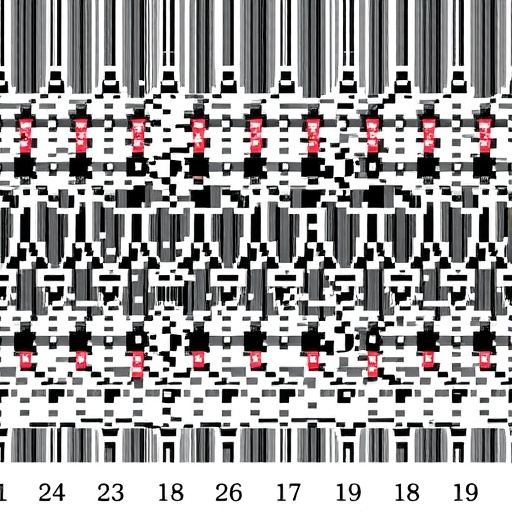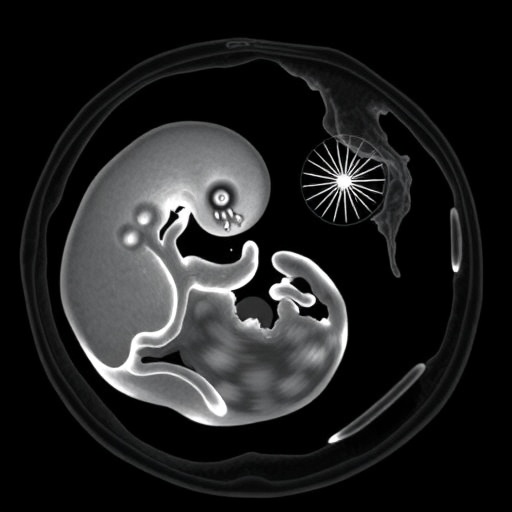New in vitro Bioactivation Liver Response Assay used HEPATOPAC model to demonstrate utility of in vitro transcriptomic signature-based strategy in preclinical DILI risk assessment

Credit: BioIVT
BioIVT, a leading provider of research models and services for drug and diagnostic development, today announced the publication of research describing the use of HEPATOPAC® cultures with a targeted in vitro assay to identify small molecule drugs with high potential for drug-induced liver injury (DILI).1
DILI contributes to the high failure rate of drug candidates in clinical development; but frequently DILI risk is not evident until late in clinical trials. There remains a need for better preclinical models to screen drug candidates for DILI risk during the lead selection and optimization process.
The in vitro Bioactivation Liver Response Assay (BA-LRA) is a method based on a set of liver gene expression biomarkers that respond quantitatively to chemically reactive metabolites that are predicted to trigger bioactivation-mediated clinical DILI.
BioIVT’s HEPATOPAC model was selected for the in vitro BA-LRA because of its long-term viability and demonstrated in-vivo relevance. The HEPATOPAC model is an in vitro bioengineered co-culture of primary hepatocytes and fibroblasts, which is used extensively for liver-based safety, metabolism, and efficacy evaluations of small molecule drug candidates.
The work, conducted by scientists at Merck Research Laboratories and published in the peer reviewed journal Toxicological Sciences, describes application of the in vitro BA-LRA using the HEPATOPAC model to evaluate 93 compounds known to be DILI positive or negative in humans. The assay was able to differentiate the drugs with lower DILI risk with an 81% sensitivity and 90% specificity in the rat HEPATOPAC model and a 68% sensitivity and 86% specificity in the human HEPATOPAC model.
“The high in-vitro in-vivo correlation of HEPATOPAC cultures, combined with their long-term viability makes this an excellent system for novel ADME Tox and disease models. This publication adds to the body of evidence for the utility of these assays as early de-risking tools to reduce the risk of drug induced liver injury in pharmaceutical development,” said BioIVT Senior VP ADME Dr. Christopher Black.
###
Dr. Wen Kang, Merck Research Laboratories, is scheduled to present these study results and answer questions during BioIVT’s Virtual HEPATOPAC User Group Meeting on Oct. 22. Interested persons can register for this complimentary event at https:/
Reference
1. Kang W, Podtelezhnikov AA, Tanis KQ, Pacchione S, Su M, Bleicher KB, Wang Z, Laws GM, Griffiths TG, Kuhls MC, Chen Q, Knemeyer I, Marsh DJ, Mitra K, Lebron J, and Sistare FD. Development and Application of a Transcriptomic Signature of Bioactivation in an Advanced In Vitro Liver Model to Reduce Drug-induced Liver Injury Risk Early in the Pharmaceutical Pipeline. 19 June 2020. Toxicological Sciences. https:/
About BioIVT
BioIVT is a leading global provider of research models and value-added research services for drug discovery and development. We specialize in control and disease-state biospecimens including human and animal tissues, cell products, blood and other biofluids. Our unmatched portfolio of clinical specimens directly supports precision medicine research and the effort to improve patient outcomes by coupling comprehensive clinical data with donor samples. And as the premier supplier of hepatic products, including hepatocytes and subcellular fractions, BioIVT enables scientists to better understand the pharmacokinetics and drug metabolism of newly discovered compounds and their effects on disease processes. By combining our technical expertise, exceptional customer service, and unparalleled access to biological specimens, BioIVT serves the research community as a trusted partner in elevating science. For more information, please visit http://www.
Media Contact
Lisa Osborne
[email protected]
Related Journal Article
http://dx.





